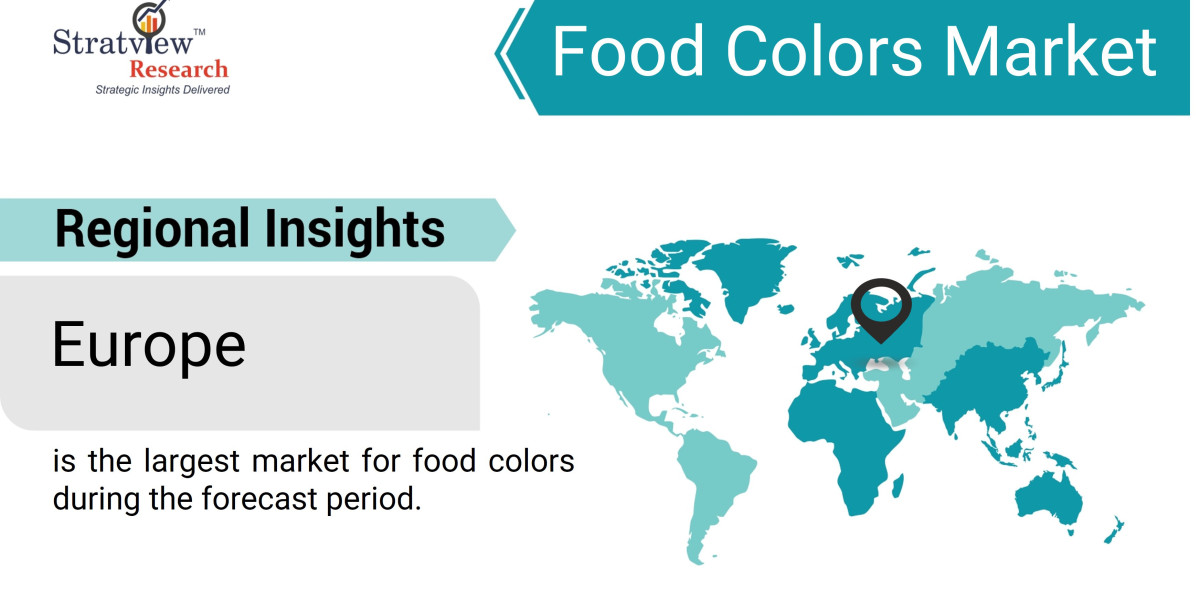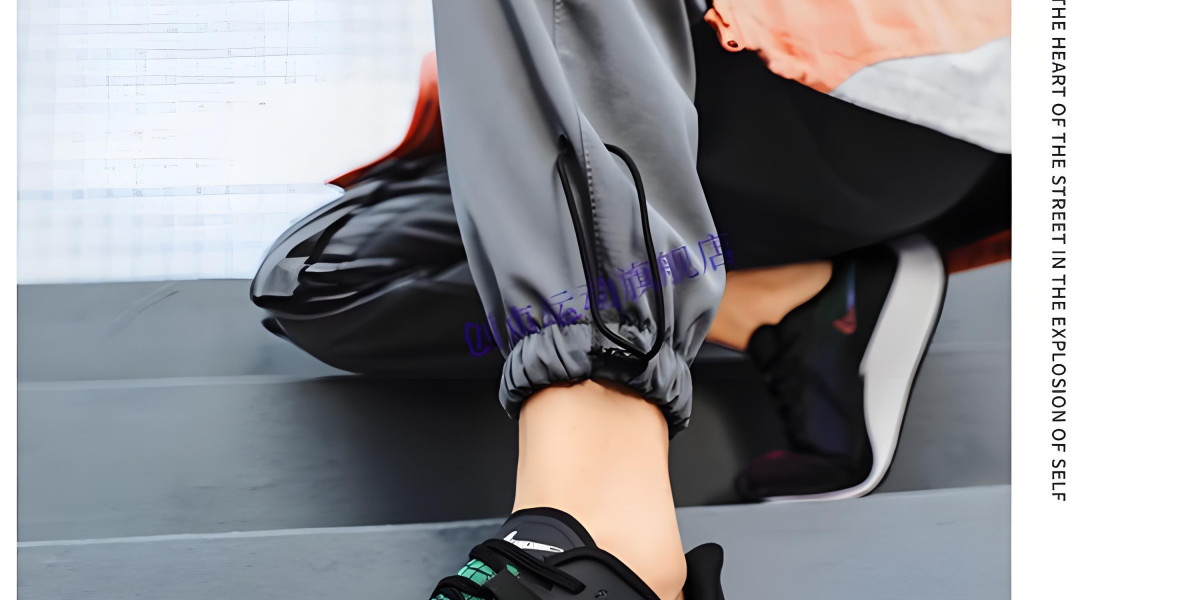As consumer preferences shift towards health-conscious, sustainable, and ethical choices, the food colors market is witnessing a significant rise in demand for organic and vegan options. These food colors, derived from natural plant-based sources, are rapidly gaining popularity in the food and beverage industry, driven by the clean-label movement, growing awareness of synthetic additives' health effects, and increasing demand for environmentally friendly products. This article explores the key factors contributing to the rise of organic and vegan food colors and their impact on the market.
According to Stratview Research, the food colors market was estimated at USD 4.5 billion in 2023 and is likely to grow at a CAGR of 5.9% during 2024-2030 to reach USD 6.77 billion in 2030.
Consumer Shift Toward Clean Labels
One of the primary drivers behind the rise of organic and vegan food colors is the increasing consumer preference for clean labels. Shoppers are becoming more conscious of the ingredients in their food, seeking transparency and simplicity. Clean label products typically contain fewer artificial additives, preservatives, and synthetic ingredients. In response, manufacturers are turning to organic and vegan food colors as natural alternatives to synthetic dyes, allowing them to meet consumer demands for healthier and more natural products.
These food colors are typically derived from sources like fruits, vegetables, herbs, and spices, offering a wide range of vibrant hues without the use of chemicals or animal-derived ingredients. As a result, organic and vegan food colors are appealing not only to health-conscious consumers but also to those with dietary restrictions or ethical concerns regarding animal products.
The Rise of Plant-Based and Vegan Diets
The global rise of plant-based and vegan diets has also contributed to the growing demand for vegan food colors. With more people adopting plant-based lifestyles for health, environmental, and ethical reasons, the demand for vegan-friendly food products has surged. This includes a desire for products that are free from animal-derived ingredients, extending to the food colorants used in processing and packaging.
In addition, the increase in vegan-certified food and beverage products has led manufacturers to reformulate their recipes, opting for vegan-friendly colorants such as beet juice, spirulina, and turmeric. This shift aligns with broader trends in the food industry, where plant-based alternatives are reshaping market dynamics across multiple product categories.
Regulatory Support and Market Growth
The growing demand for organic and vegan food colors is further supported by regulatory changes and certifications that encourage the use of natural ingredients. Certifications like USDA Organic and Non-GMO Project Verified are becoming key differentiators for brands seeking to attract health-conscious consumers. Additionally, the demand for organic products is not limited to North America or Europe; emerging markets in Asia-Pacific and Latin America are also showing increasing interest in organic and vegan-friendly products.
Conclusion
The rise of organic and vegan food colors is a direct response to changing consumer preferences, with health-conscious and environmentally aware consumers driving demand for natural, plant-based alternatives. As the clean-label trend continues to grow, and more people adopt plant-based diets, the market for organic and vegan food colors is expected to expand rapidly. With regulatory support and innovation in plant-based ingredients, this segment of the food colors market is poised for substantial growth in the coming years.



